Covered In Folk: Tom Petty
(40 transformations in tribute to a truly American songbook)

It’s only February, and it’s already been a great year for Tom Petty covers, with the newest addition – a playful take on Wildflowers from rising-star folk-circuit faves Caitlin Canty and Darlingside released just yesterday via Bandcamp – piling on alongside the wonderful American Girl cover featured last week from “acoustic steamboat soul” foursome Roosevelt Dime and Asheville-based songwriter Jane Kramer’s delightful Appalachian-influenced take on relatively obscure deep cut Down South, a trailblazer for Carnival of Hopes, a strong southern folk album due later this month, which popped up in the mailbag mid-January.
It’s no surprise to find the Tom Petty songbook riding high atop the list of common coverage sources, in the folkworld and beyond. When we first paid tribute to the native son on the last leg of a family trip to the Florida coast way back in April of 2010, we found a rich field, heavy on the singer-songwriter fare, with covers from Johnny Cash, Kasey Anderson, Kathleen Edwards, Dawn Landes, Mark Erelli with Jeffrey Foucault, and more artists whose folk comes tinged with twang and heart – overall, a set that provides ample evidence of Petty’s influence and relevance in the modern landscape. Add in a trio of upbeat covers from our Best of 2015 series – a triumphant post-cancer celebration of Learning To Fly from The Weepies and two grassy banjo-driven takes on American Girl from new discoveries Ballad Of Crows and old friends The Infamous Stringdusters – and more choice cuts collected in the last few years, and the trend becomes clear: Tom Petty’s influence is vast and varied; his songs live in the folkways, and they’re here to stay.
These warm, welcoming songs and their surprisingly tender, diverse treatment are especially apt today, in the light of this continued coverage, and on a night that promises to be one of the coldest ever recorded here in the heart of New England, leaving us dreaming of warmer climes and times. Today, then, as a kick-off to a week of school vacation leisure, we revisit and rework that earlier feature, celebrating an American icon with coverage from a set of old favorites and new discoveries that continue to forge ahead in their exploration of the American landscape.
 Tom Petty is Florida’s most famous export, musically speaking. Born and raised in Gainesville – where he was inspired by a chance childhood meeting with Elvis and high school guitar lessons from Don Felder of The Eagles – the grinning, iconic frontman and singer-songwriter has sold millions of records, won three Grammys, earned a star on Hollywood Boulevard and a place in the Rock and Roll Hall of Fame, and is often presented as the typical American Rock success story.
Tom Petty is Florida’s most famous export, musically speaking. Born and raised in Gainesville – where he was inspired by a chance childhood meeting with Elvis and high school guitar lessons from Don Felder of The Eagles – the grinning, iconic frontman and singer-songwriter has sold millions of records, won three Grammys, earned a star on Hollywood Boulevard and a place in the Rock and Roll Hall of Fame, and is often presented as the typical American Rock success story.
Though he has gone deeper and a bit more experimental in his later years, Tom Petty’s most identifiable musical alliance is with Heartland Rock – a white working-class subgenre popular in the 70s and 80s, typified by “traditional” rock-band electric guitar and drums tinged with mandolin and harmonica, and accessible blue-collar lyrics that tell of the social, physical, and economic isolation experienced by those struggling to recapture the american dream in a post-industrial decline. And sure enough, like the subgenre’s other famous practitioners – Bob Seeger, John Mellencamp, Bruce Springsteen, and John Fogerty among them – though he has enjoyed renewed popularity among the younger set in recent years, Petty’s laconic drawl can most commonly be heard on bar-room jukeboxes and classic rock radio, alongside southern and country rock artists such as the Eagles and Lynyrd Skynyrd.
Like anybody, I guess, I find Tom Petty’s vast catalog of hit songs familiar from the very first chord. And though my struggle to love what can only be called “distinctive” voices is well known to our regular readers, as a child of the eighties, a pop culture aficionado, and a fellow pursuant of the dream, though I don’t own a single Tom Petty album, I nonetheless find comfort in the constant presence of his direct and often softly cynical songbook.
I’m not alone in this. The blogs were awash with Tom Petty covers back in 2008, when his superbowl halftime show was the talk of the town – a sure indicator that both bloggers and modern singer-songwriters share my appreciation for Petty’s apt portrayal of both the American heartland and the American heart. Here, in celebration of the coincidence of American excess and Floridian paradise which I experienced in his home state, we gather in the best and folkiest, from the mellow to the madcap – many posted previously here and elsewhere; all well worth repeating, and easily downloadable as a single mix. Enjoy.
Covered In Folk: Tom Petty
- Melora Creager: American Girl [2006]
- Frank Turner: American Girl [2014]
- Ballad Of Crows: American Girl [2015]
- Holly Figueroa O’Reilly: Free Fallin’ [2011]
- Kings Of Convenience: Free Fallin’ [2001]
- Kyle Studtmann: Free Fallin’ [2015]
- Dawn Landes: I Won’t Back Down [2008]
- David Baerwald: I Won’t Back Down [2006]
- Ian Johnson: I Won’t Back Down [2012]
- Johnny Cash: I Won’t Back Down [2000]
- Company Of Thieves: I Won’t Back Down [2012]
- Benjamin Francis Leftwich: I Won’t Back Down [2012]
- Barnstar!: Handle With Care (orig. The Traveling Wilburys) [2011]
Ad-free and artist-friendly since 2007, Cover Lay Down features musings on the modern folkways through the performance of popular song year-round thanks to the kindness of patrons like you. Give now to support our continuing mission, and receive an exclusive mix of otherwise-unblogged coverfolk from 2014-2015.
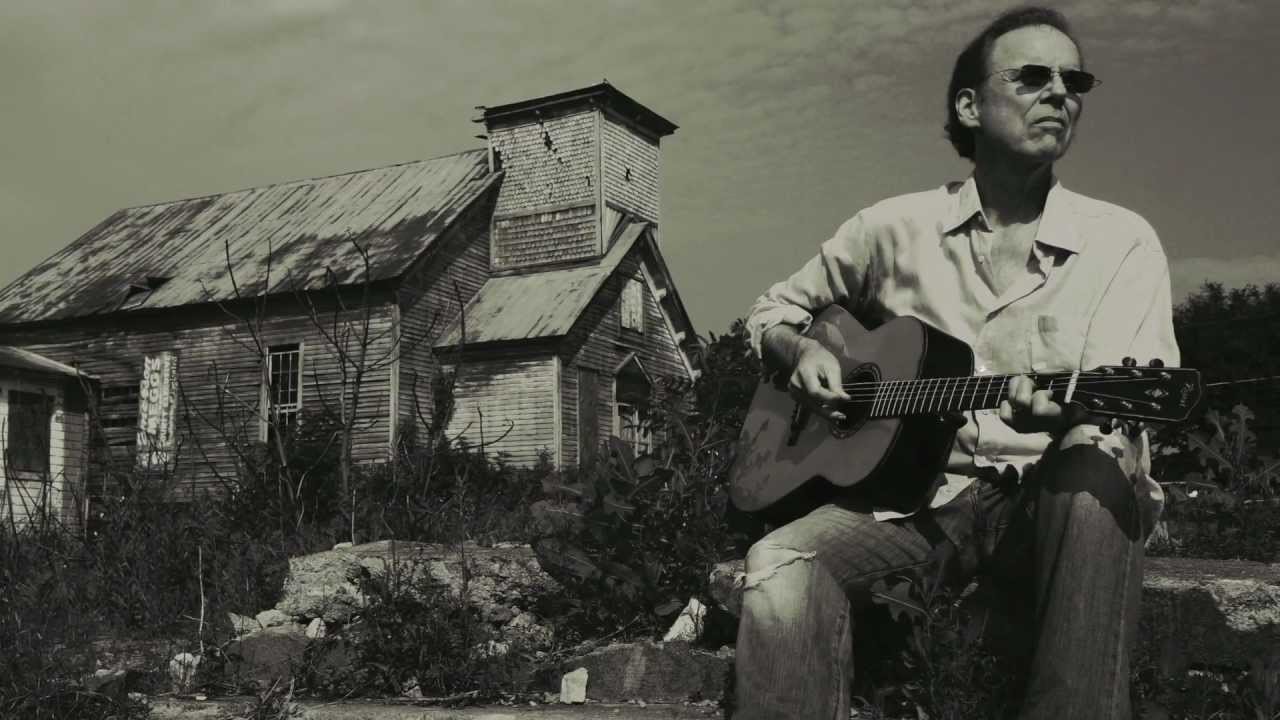
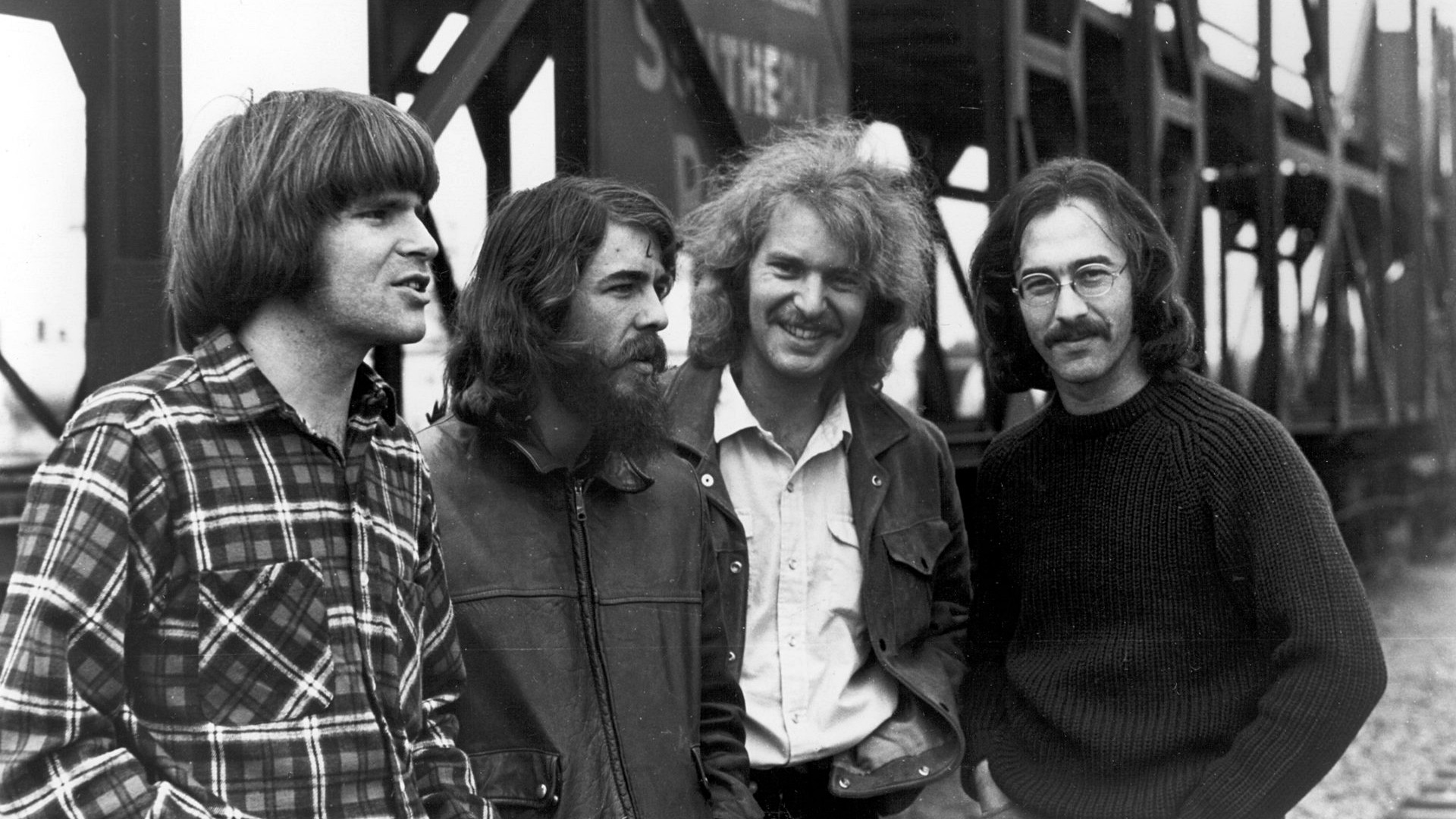
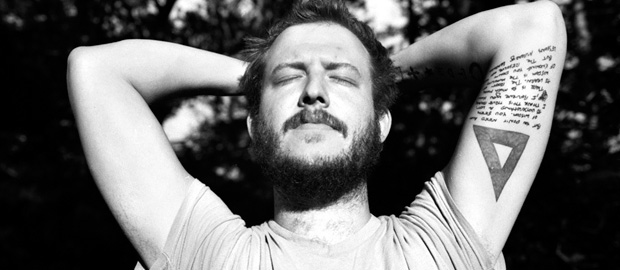
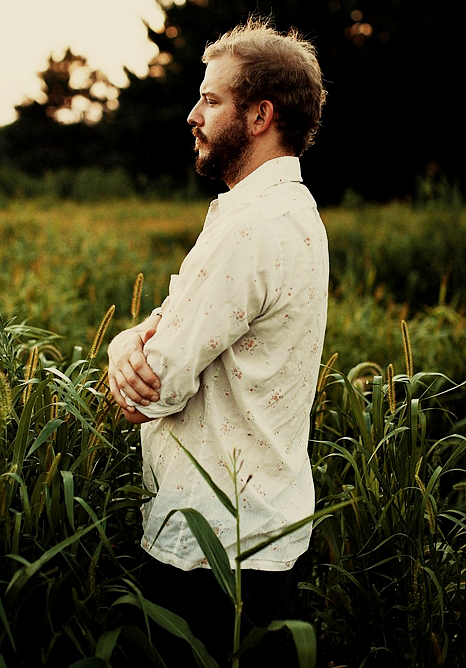 Intricate, authentic, deep and enveloping, the music Vernon has composed under the Bon Iver name is deserving of its critical reception. As a songwriter, Vernon favors the poetic, with longing and angst communicated through a litany of observations which come off as something between metaphor or vision; he’s been compared to Robert Creeley, which in this poet’s heart says something about a trend towards clear imagery and a particularly vivid use of figurative language. It is telling, indeed, that our set today includes coverage of almost every Bon Iver song ever recorded; something about these songs catches the heart, mind, and soul.
Intricate, authentic, deep and enveloping, the music Vernon has composed under the Bon Iver name is deserving of its critical reception. As a songwriter, Vernon favors the poetic, with longing and angst communicated through a litany of observations which come off as something between metaphor or vision; he’s been compared to Robert Creeley, which in this poet’s heart says something about a trend towards clear imagery and a particularly vivid use of figurative language. It is telling, indeed, that our set today includes coverage of almost every Bon Iver song ever recorded; something about these songs catches the heart, mind, and soul. 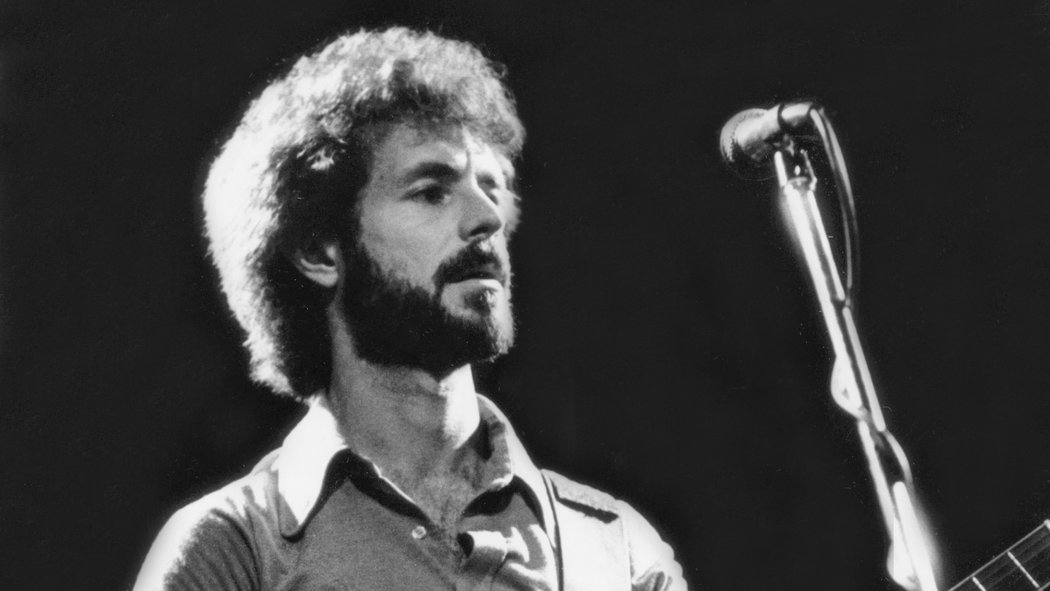



 Like many young pop phenoms, Robyn (born Robin Miriam Carlsson) was a rising star in childhood. The daughter of two stage actors, her voice-over and stage work began at age 9, and she recorded her first television theme song at 12; she was discovered that same year by Swedish pop sensation Meja during a school-based music workshop, and signed to RCA Records at 16.
Like many young pop phenoms, Robyn (born Robin Miriam Carlsson) was a rising star in childhood. The daughter of two stage actors, her voice-over and stage work began at age 9, and she recorded her first television theme song at 12; she was discovered that same year by Swedish pop sensation Meja during a school-based music workshop, and signed to RCA Records at 16. 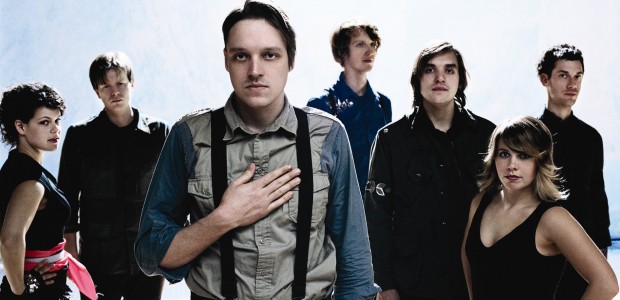
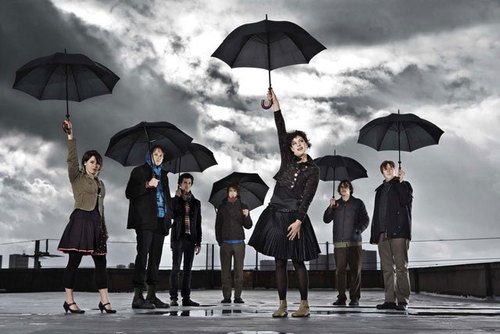 History first: although a version of Arcade Fire was formed by Butler and a few other players in Boston around the turn of the century, the band identifies as Canadian, tracing its official founding to the Montreal art gallery where Butler discovered Chassagne singing jazz standards. The band would spend the next three years honing their unusual combination of eclectic influences into “a mix of bossa nova, punk, French chanson, and classically tinged pop music,” gathering in players, and developing a local following through small venue performances and a self-pressed EP that caught the ears of Merge Records.
History first: although a version of Arcade Fire was formed by Butler and a few other players in Boston around the turn of the century, the band identifies as Canadian, tracing its official founding to the Montreal art gallery where Butler discovered Chassagne singing jazz standards. The band would spend the next three years honing their unusual combination of eclectic influences into “a mix of bossa nova, punk, French chanson, and classically tinged pop music,” gathering in players, and developing a local following through small venue performances and a self-pressed EP that caught the ears of Merge Records. 
 If the Internet is to be believed, many students growing up in the arts and theater crowd ultimately hew close to musical theater in their adult lives, finding preference and even pleasure in the songs of the stage. But for me, the theater was merely a means to an end – a love affair with the self, a mechanism for being at the center of attention, and a route to popularity and fame.
If the Internet is to be believed, many students growing up in the arts and theater crowd ultimately hew close to musical theater in their adult lives, finding preference and even pleasure in the songs of the stage. But for me, the theater was merely a means to an end – a love affair with the self, a mechanism for being at the center of attention, and a route to popularity and fame.  In many ways, musical theater is the opposite of folk. The staging is formal; the audience is distant. The performers wear make-up, and are not themselves. And the distinct origin of song, lyric, and performance are clear, though attributed authorship is generally eschewed in favor of the shows from whence such songs came to us.
In many ways, musical theater is the opposite of folk. The staging is formal; the audience is distant. The performers wear make-up, and are not themselves. And the distinct origin of song, lyric, and performance are clear, though attributed authorship is generally eschewed in favor of the shows from whence such songs came to us.